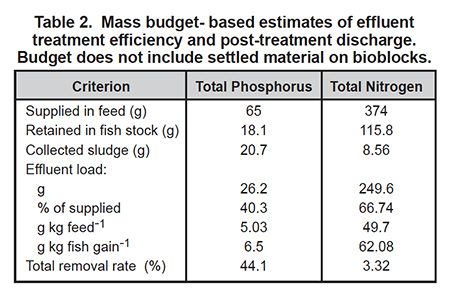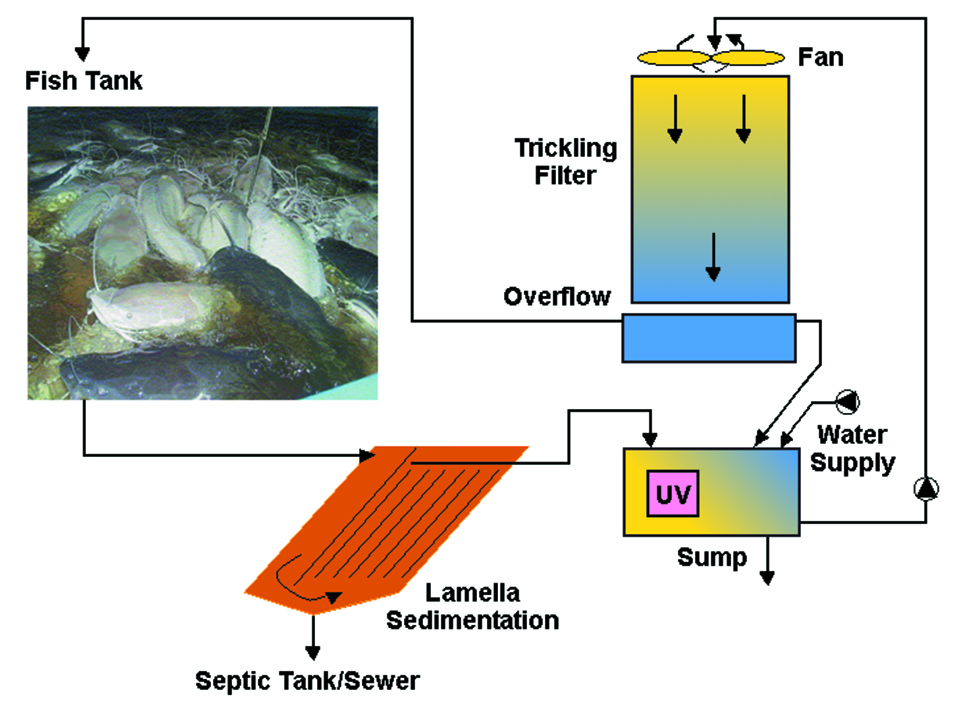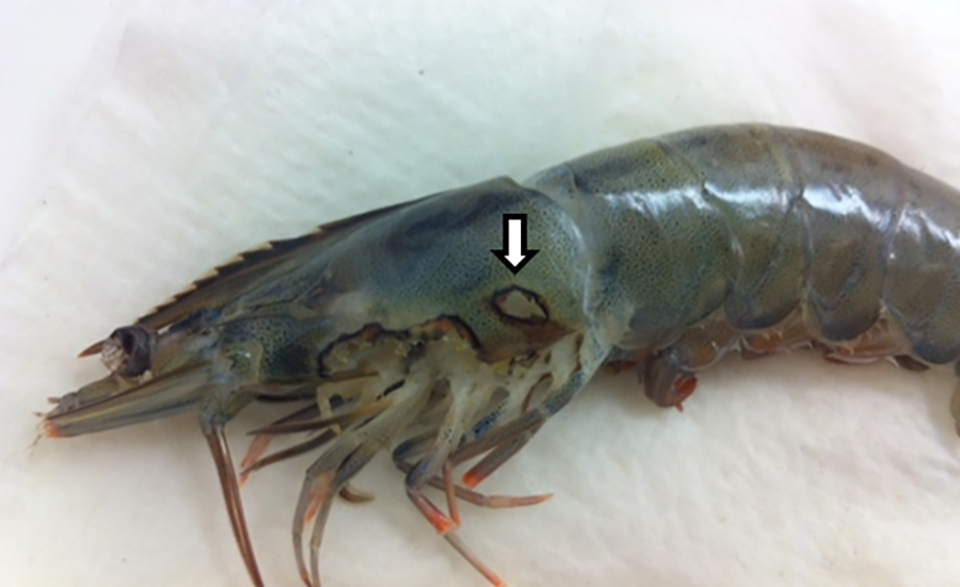New system uses polyethylene pipes to remove small particles

Sedimentation is a useful technique to manage aquaculture wastewater, because a high proportion of the suspended solids have a high sinking rate. Sedimentation is a relatively low-cost system for particle separation and the process normally involves no moving parts. But sedimentation efficiency decreases with decreasing particle size, and traditional sedimentation basins require large areas at relatively high capital costs.
To increase the efficiency and area for sedimentation, swirl separators or tube/plate settlers may be used. Other new, low-cost systems for wastewater treatment are also evolving.
New method
A new sedimentation method, called biological lamella sedimentation, involves a combination of traditional sedimentation and tube settlers. In this system, water is forced to pass through “Bioblocks” installed in the sedimentation basin below the surface. Bioblocks are pipes of 70-mm inner diameter spun polyethylene with an open-pore structure and a large surface, nested together to form blocks.
Primarily designed for use in nitrification filters, the blocks improve the removal of small particles. A biofilm is established in the blocks, and small particles attach to it.
Testing BLS
In a 1999 experiment, a biological lamella sedimentation basin was installed on the outlet of a 0.5-cubic-meter fish tank that contained 123 rainbow trout with an average weight 206 grams. Water and sludge samples were taken for evaluation.
The amount of total suspended solids through the sedimentation basin decreased by an average of 32.5 percent (Table 1). There were minor differences in total phosphorus and total nitrogen levels between inlet and outlet water. However, there were large individual differences in the measured values for several water parameters, even when using an automatic water sampler that takes samples day and night. This shows it is difficult to take representative water samples from the outlet of a single fish tank.

On the basis of total assigned feed, fish growth, and collected sludge, the average removal rates for total phosphorus and total nitrogen were 44.1 percent and 3.32 percent, respectively (Table 2). The actual removal rates were, in fact, somewhat higher, because the material settled on the blocks should have been included. The average total dry matter, total phosphorus, and total nitrogen values were 2.15, 5.17 and 2.14, respectively. A total of 98.3 grams of dry matter per kilogram fish produced was collected.
Conclusion
 Even though this sedimentation basin showed reasonable removal rates, there are several ways the removal rate could be improved. Since most of the particles settled close to the inlet, placing a separate sludge collector there may improve the efficiency, and visual checks of feed loss would be easier. The block closest to the outlet might also be lowered below the water surface to ensure good distribution through all the “pipes.”
Even though this sedimentation basin showed reasonable removal rates, there are several ways the removal rate could be improved. Since most of the particles settled close to the inlet, placing a separate sludge collector there may improve the efficiency, and visual checks of feed loss would be easier. The block closest to the outlet might also be lowered below the water surface to ensure good distribution through all the “pipes.”
With the current design, the water must pass through the grating in the blocks, and even if some filtration results, the capacity is reduced. Bioblock clogging may be a problem, though this did not occur either in this or other preliminary experiments. Regular use of air bubbles from diffusers placed beneath the blocks, or manual or automatic block vibration are possible solutions. The water velocity must be low when doing this to ensure that dislodged material sinks and does not follow the water flow out of the basin.
(Editor’s Note: This article was originally published in the December 2001 print edition of the Global Aquaculture Advocate.)
Now that you've reached the end of the article ...
… please consider supporting GSA’s mission to advance responsible seafood practices through education, advocacy and third-party assurances. The Advocate aims to document the evolution of responsible seafood practices and share the expansive knowledge of our vast network of contributors.
By becoming a Global Seafood Alliance member, you’re ensuring that all of the pre-competitive work we do through member benefits, resources and events can continue. Individual membership costs just $50 a year.
Not a GSA member? Join us.
Authors
-
Odd-Ivar Lekang
Department of Agricultural Engineering
Norwegian University of Agriculture
Ås, Norway[111,110,46,104,108,110,46,102,116,105,64,103,110,97,107,101,108,46,114,97,118,105,45,100,100,111]
-
Anne Marie Bomo
Department of Agricultural Engineering
Norwegian University of Agriculture
Ås, Norway -
Ingfrid Svendsen
Department of Agricultural Engineering
Norwegian University of Agriculture
Ås, Norway
Tagged With
Related Posts

Health & Welfare
Effective management avoids gas bubble trauma
When aquaculture pond water suddenly warms, gas bubbles can form in the blood of aquatic animals and lead to stress or mortality.

Innovation & Investment
Netherlands farms tune recirculation systems to production of varied species
Because of the diversity of its recirculation systems, the Netherlands offers an opportunity to study differences in species-specific system designs.

Health & Welfare
Detection of an amoebic parasite in cultured Pacific white shrimp
This study describes an amoebic parasite infection in Pacific white shrimp cultured in an anonymous shrimp hatchery. The diseased shrimp exhibited grossly reduced appetite, lethargy, respiratory distress, eroded carapaces and blackened gills.

Health & Welfare
Nitrite toxicity affected by species susceptibility, environmental conditions
Nitrite, an intermediate compound in the oxidation of ammonia nitrogen to nitrate by nitrifying bacteria in soil and water, is considerably more toxic than nitrate. Exposure to nitrite causes gill lesions and edema in the skeletal muscles of fish, and also affects respiration.



